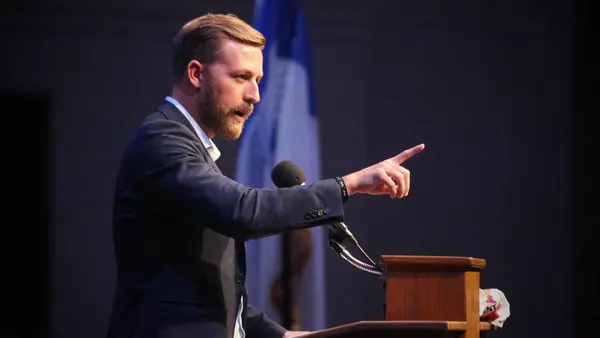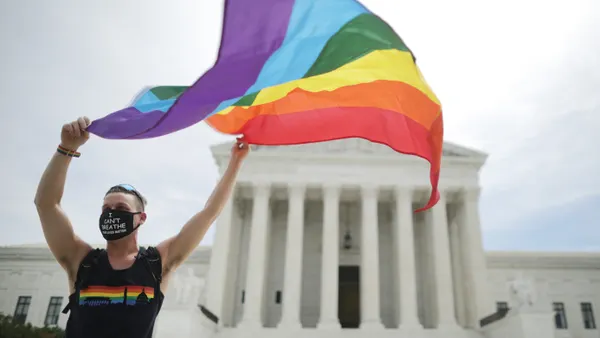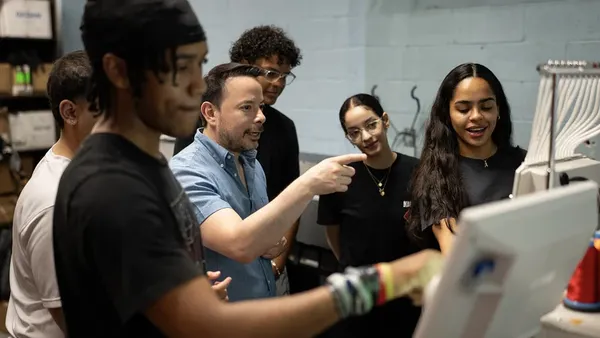From charter schools to voucher-fueled private school options, Indiana’s Hamilton Southeastern High School faces a lot of competition for student enrollment.
And with that in mind, school leaders wanted a way to get the good-news message about their school out to the community.
It was important, as families weighed their choices, “to have a much better handle on what information was actually being accurately portrayed to our community about us” and about “what daily life was like in our school,” said David Young, chair of the school’s language arts department.
Addressing the need for better school messaging, Young and other Hamilton Southeastern leaders shared how the 3,450-student high school built a public relations and sports media class during a July 11 session at UNITED, The National Conference on School Leadership.
The class is part of the school’s broader, student-led Southeastern Media Network. The network, which began in the 2023-24 school year, also includes classes on broadcasting, online news and yearbook.
It’s still too early to know if the program will translate into increased student enrollment at Hamilton Southeastern High School, Young said, but that is a key metric the school will be watching for.
Tapping into students’ interest in PR
Student interest in the PR class has boomed, with enrollment jumping from 10 to 150 in the first two years, said Bill DeLisle, the media network's PR and media advisor. In this course, students learn to tell the stories of their clients, who can be a local organization or the school itself, he said.
The goal, DeLisle told K-12 Dive, is not to have students “overhype things that are going on” in the school and “not to necessarily make things look better than they are, but rather, just to surface stories that are happening — with intentionality and regularity.”
Students help run the school’s Instagram account and often cover school events, such as musical performances or sports events.
“We’re not here just to make the sports teams look good. We still have to report on the fact that you lost,” Young said. “It’s still coverage that we’re doing.”
To enroll in the PR class, students must take one prerequisite in either sports journalism, journalism or digital media, said Young, who is also the broadcast and newsroom advisor for the school’s media network. But students are highly encouraged to actually take two of those classes before they sign up for PR, he said.
Those classes help students understand core concepts such as media law, copyright and unbiased reporting, Young said. Then, students can choose if they want to enroll in other tracks within the school’s media network.
Tapping into student interest in communications was important for the school as well as the students, since it lacks the resources or technical capacity to communicate all that goes on there, said Associate Principal Stacey Brown at the principals conference.
The PR class includes four roles students can take on:
- An executive director who manages the team.
- A lead who communicates with clients and coordinates with the PR staff.
- An assistant lead who stands in for the lead if he or she is out.
- The "creatives," who make up the bulk of the team by taking photos, creating social media videos and developing graphics.
Through these roles, DeLisle said, the PR course has helped students gain valuable skills in both communications and leadership.
Offering students real-world experiences
Through the Southeastern Media Network, students are gaining real-world experience as they create work for public viewing, DeLisle said.
“I don’t think kids don’t want to be at school. I do think they want to do work that feels like it matters,” DeLisle said. “When you can activate students into their own learning and into their own personal development, it makes an impact.”
Using his own professional background in PR, DeLisle created a framework for a student-run in-house public relations agency that includes:
- Research and competitor analysis. Students work to understand what’s happening with their client – be it the school or a local organization. For example, they might explore: What courses are being offered? What events are taking place? At the same time, students analyze other local schools’ communication strategies to learn ways to improve their own.
- Client onboarding meeting. Students meet with clients — such as administrators, club leaders, coaches or athletic directors — in a professional setting equipped with their research and competitor analysis. In those meetings, students try to uncover stories they weren’t aware of before but could be shared.
- Team debrief and planning. Students use all the information collected from their research and client meetings to plan their coverage and storytelling strategy.
- Production and delivery/publication. This step is PR in action, where students create and publish content through Southeastern Media Network’s accounts to reach their audiences.
School leaders are still exploring ways to offer students work-based learning or dual enrollment credits. The school, for instance, is in talks with Indiana University Bloomington and Ball State University for possible dual credit opportunities in media classes, Young said.
Brown said the school recognizes the PR class is an “incredible resource that is essentially free to us,” so it’s important to not overburden students and to be intentional with their time.
“We have students doing really high-caliber work that they aren’t paid for,” Brown said. “We like to think that they’re compensated through [high school] credit and experience.”
By the end of the course, students have a portfolio of work and give a final formal presentation on what they’ve done for their clients, Young said.


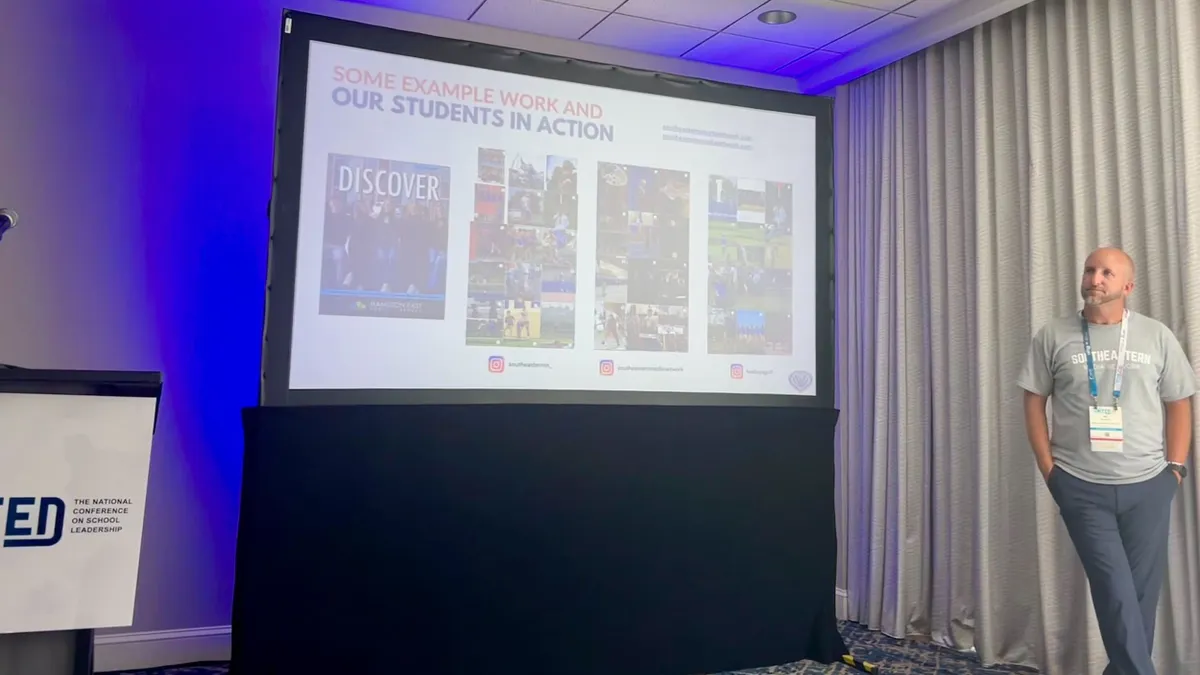

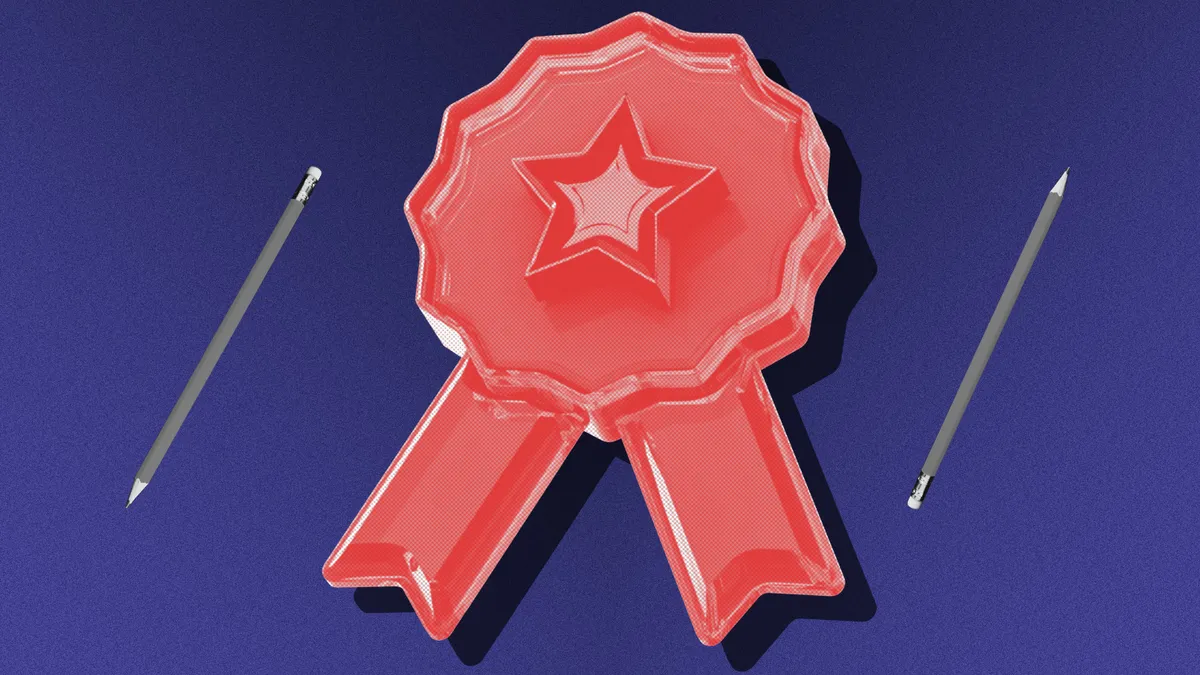

 Dive Awards
Dive Awards




